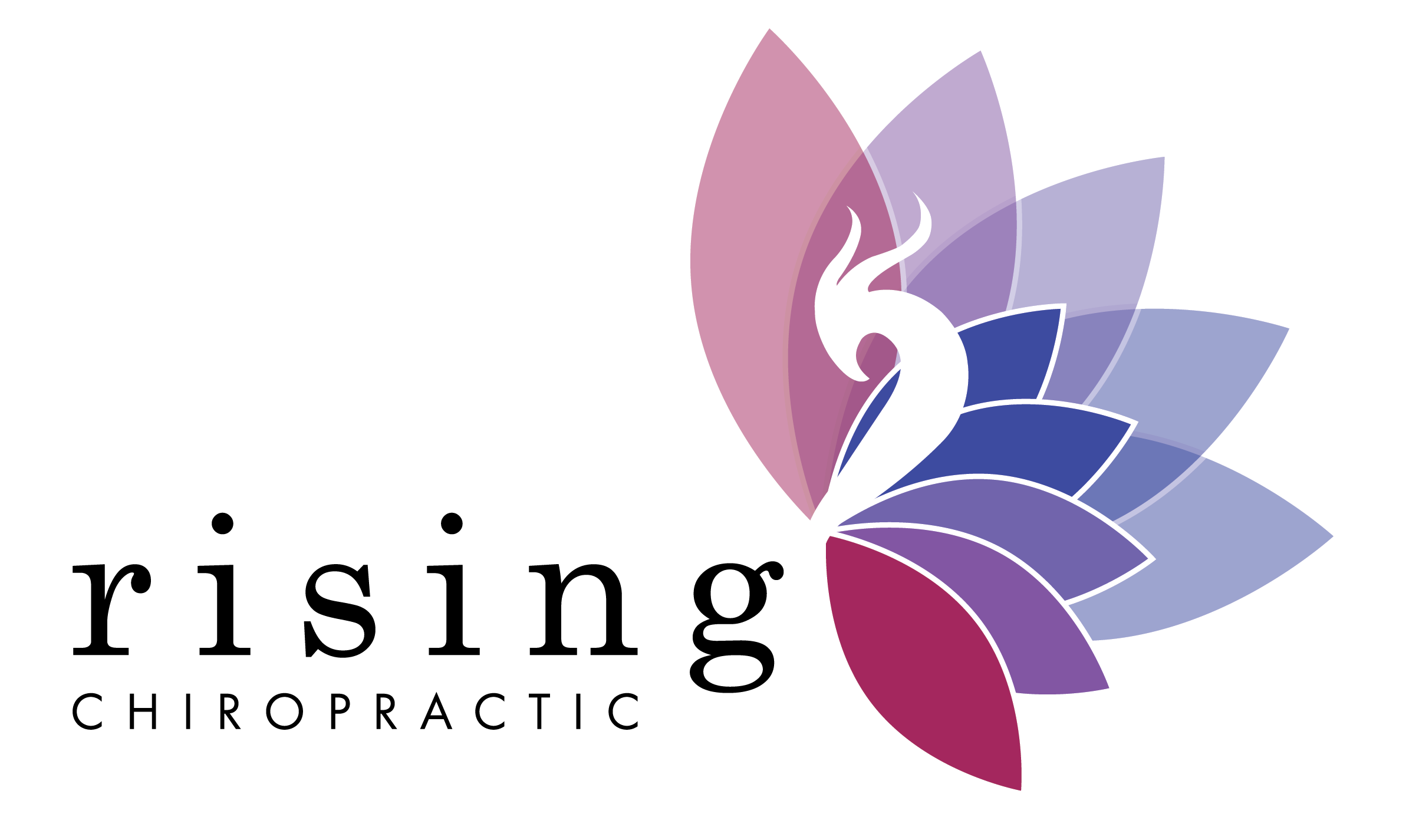Designed & Boosted by My Social State
AUTISM AND BRAIN BALANCE
You may not know it, but you very likely know a child living with Autism Spectrum Disorder (ASD). In the 1980’s, the prevalence of this disorder was 1 in 10,000—meaning one child in 10,000 was living with this condition1. Many had probably not even heard of Autism back then, let alone known a child living with this condition. Since then, the numbers have increased sharply, with 1 in 59 children now living with ASD2. It is commonplace today to encounter children with ASD in everyday interactions and activities, with some families having more than one child “on the Spectrum.”
This neurological and developmental disorder presents around 18 months with a wide array of symptoms and behaviors. Most children with ASD have any combination of restricted behavior patterns, difficulty communicating, maintaining relationships, strict routines and interests, or abnormal reactions to sensory input. While there is no single “sure-fire” cause, practitioners and scholars have pointed to numerous possible links or causes, including genetics, poor gastrointestinal health, environmental toxins, vaccines, gestational stress, and neurology. This has led to a great deal of controversy, but all agree that ASD is a malicious cycle of biological and chemical processes that have become severely disrupted3.
While ASD is something your child will live with for the rest of his or her life, early intervention can provide support and significantly improve your child’s life. Common interventions include intense behavioral therapy, and speech, occupational and physical therapy. Even chiropractic care has shown improvement in the lives of children affected by ASD.
Shreeve and Troxel3 reported on several studies to highlight instances of individuals and families who found support and improvement through chiropractic care. The studies consistently reported improvements in symptoms related to ASD, including verbalization, emotional control, posture, co-morbid conditions (such as asthma, irritable bowel, and strabismus) and social skills. Research on the benefits of chiropractic care for children with ASD abound. One case study focused on a 4-year old boy with ASD. He struggled with verbal communication and sustained multiple injuries from autistic behaviors and poor sensory perception. After the first adjustment, this child experienced improvement through eye contact with the chiropractor, which the parents confirmed had never happened before. Subsequent chiropractic care brought about significant improvements in sociability, social and cognitive behaviors, as well as speech and physical behaviors4.
Because ASD is a neurodevelopmental disorder, chiropractic care is an ideal component of a child’s care regimen. Through identifying interference in the nervous system—usually in the upper cervical spine (neck)—your chiropractor can restore proper nerve communication. This helps the brain strengthen weakened neurological connections and establish an ideal balance. This leads to improved overall physical health and unlimited potential for improvement in ASD symptoms and quality of life for your child.
Dr. Beth Druckenmiller provides gentle, specific, and scientific chiropractic adjustments to children with autism. Her approach improves the function of the nervous system by removing interference and helping to reconnect the brain’s countless neurological connections and pathways. For an approach that is unique and focuses on meeting the needs of your child, consult with Dr. Beth Druckenmiller of Rising Chiropractic and experience all the benefits chiropractic care has to offer.
REFERENCES
- How Common is Autism? Autism Science Foundation. https://autismsciencefoundation.org/what-is-autism/how-common-is-autism/. Accessed January 19, 2020.
- Data & Statistics on Autism Spectrum Disorder. Centers for Disease Control and Prevention. https://www.cdc.gov/ncbddd/autism/data.html. Published September 3, 2019. Accessed January 19, 2020.
- Shreeve MW, Troxel AR. Autism & Chiropractic: A Selective Review of Literature. Journal of Pediatric, Maternal, & Family Health. December 2018:150-154.
- Pellegrino A. Improvements in a 4-year-old with Autism Spectrum Disorder Following Chiropractic Care to Reduce Vertebral Subluxation. Journal of Pediatric, Maternal, & Family Health. 2016;2016(2):50-56.
Info@risingchiropracticevans.com
PHONE
(706) 524-8077
ADDRESS
625 Ponder Place Drive #2
Evans, GA 30809

HOURS
Monday:
9:00 AM - 11:00 AM
3:00 PM - 6:00 PM
Tuesday:
2:00 PM - 6:00 PM
Wednesday:
9:00 AM - 11:00 AM
3:00 PM - 6:00 PM
Thursday:
2:00 PM - 6:00 PM
Fri, Sat, Sun: CLOSED

